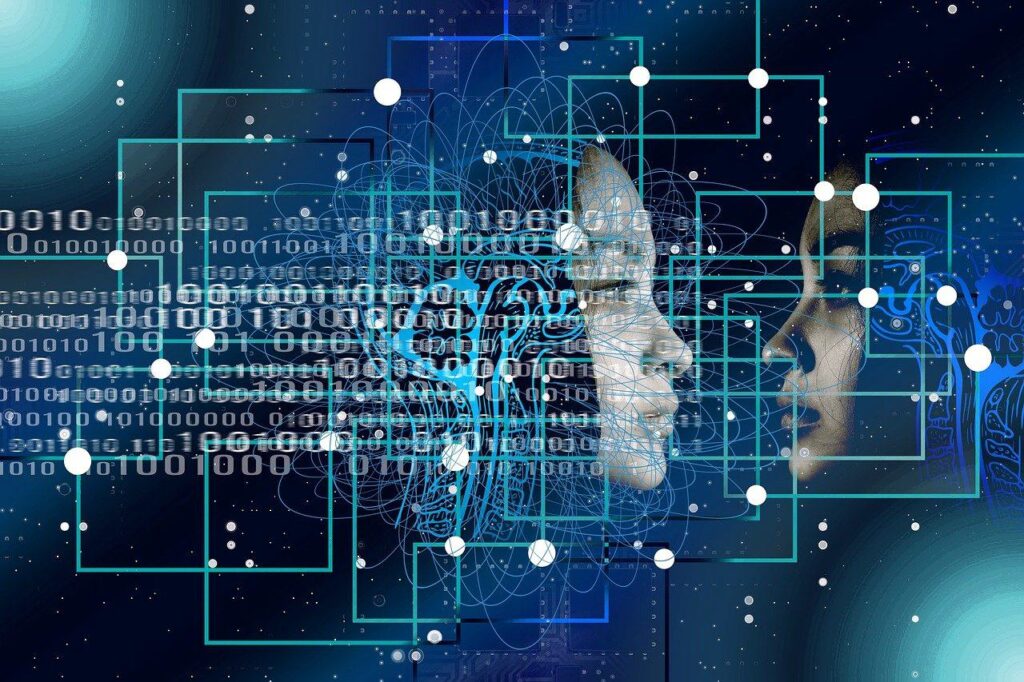
The European Artificial Intelligence Act (AI Act), the world’s first comprehensive regulation on artificial intelligence, entered into force in the European Union on Thursday 1 August.
The AI Act is designed to ensure that AI developed and used in the EU is trustworthy, with safeguards to protect people’s fundamental rights. The regulation aims to establish a harmonised internal market for AI in the EU, encouraging its uptake and supporting innovation and investment.
The AI Act introduces a forward-looking definition of AI, based on a product safety and risk-based approach in the EU:
- Minimal risk: Most AI systems, such as AI-enabled recommender systems and spam filters, fall into this category. These systems face no obligations under the AI Act due to their minimal risk to citizens’ rights and safety. Companies can voluntarily adopt additional codes of conduct.
- Specific transparency risk: AI systems like chatbots must clearly disclose to users that they are interacting with a machine. Certain AI-generated content, including deep fakes, must be labelled as such, and users need to be informed when biometric categorisation or emotion recognition systems are being used. In addition, providers will have to design systems in a way that synthetic audio, video, text and images content is marked in a machine-readable format, and detectable as artificially generated or manipulated.
- High risk: AI systems identified as high-risk will be required to comply with strict requirements, including risk-mitigation systems, high quality of data sets, logging of activity, detailed documentation, clear user information, human oversight, and a high level of robustness, accuracy, and cybersecurity. Regulatory sandboxes will facilitate responsible innovation and the development of compliant AI systems. Such high-risk AI systems include for example AI systems used for recruitment, or to assess whether somebody is entitled to get a loan, or to run autonomous robots.
- Unacceptable risk: AI systems considered a clear threat to the fundamental rights of people will be banned. This includes AI systems or applications that manipulate human behaviour to circumvent users’ free will, such as toys using voice assistance encouraging dangerous behaviour of minors, systems that allow ‘social scoring’ by governments or companies, and certain applications of predictive policing. In addition, some uses of biometric systems will be prohibited, for example emotion recognition systems used at the workplace and some systems for categorising people or real time remote biometric identification for law enforcement purposes in publicly accessible spaces (with narrow exceptions).
The AI Act also introduces rules for so-called general-purpose AI models, which are highly capable AI models that are designed to perform a wide variety of tasks like generating human-like text. General-purpose AI models are increasingly used as components of AI applications. The AI Act will ensure transparency along the value chain and addresses possible systemic risks of the most capable models.
Member States have until 2 August 2025 to designate national competent authorities, who will oversee the application of the rules for AI systems and carry out market surveillance activities. The Commission’s AI Office will be the key implementation body for the AI Act at EU-level, as well as the enforcer for the rules for general-purpose AI models.
Three advisory bodies will support the implementation of the rules. The European Artificial Intelligence Board will ensure a uniform application of the AI Act across EU Member States and will act as the main body for cooperation between the Commission and the Member States. A scientific panel of independent experts will offer technical advice and input on enforcement. In particular, this panel can issue alerts to the AI Office about risks associated to general-purpose AI models. The AI Office can also receive guidance from an advisory forum, composed of a diverse set of stakeholders.
Companies not complying with the rules will be fined. Fines could go up to 7% of the global annual turnover for violations of banned AI applications, up to 3% for violations of other obligations and up to 1.5% for supplying incorrect information.
The majority of rules of the AI Act will start applying on 2 August 2026. However, prohibitions of AI systems deemed to present an unacceptable risk will already apply after six months, while the rules for so-called General-Purpose AI models will apply after 12 months.
European Artificial Intelligence Act
New rules for Artificial Intelligence – Questions and Answers


